The Aquaponic Dream: A Journey in My Backyard
There was a chill in the air that fall. I remember it vividly—the smell of pumpkins roasting in the neighbor’s oven, the crunch of leaves beneath my boots. It was the perfect time for a little backyard project. I’d been reading about aquaponics while sipping coffee in our sunroom, wondering if I could grow fish and vegetables in harmony. What could go wrong? Everything, apparently.
One Saturday morning, armed with a notepad full of scribbles and a head full of inspiration, I headed into my garage. I had my toolkit: an ancient drill, a level that likely belonged to my great-grandfather, and some PVC pipes left over from a half-hearted attempt at a sprinkler system last spring. Surely, I thought, those pipes could work for aquaponics. How hard could it be?
I decided to go with tilapia. Fiery little fish that I had read were tough and tolerant. Seemed like an ideal choice for a beginner. Who knew tilapia could be so cute? Their gills fluttered as they twirled around like curious puppies when I introduced them to their new home, a 50-gallon tank I’d scored for a steal on Craigslist. The water, of course, smelled like stagnant fish—an aroma I quickly learned was not as delightful as the idea of sustainable gardening.
Initial Setup: Excitement and Pitfalls
The first few days were filled with excitement. The plants! Oh, the plants! I’d gathered seeds from the community garden stand—basil, lettuce, some cherry tomatoes. The concept was simple: the fish would produce waste, which would nourish the plants, and in return, the plants would filter the water for the fish. Nature’s little symbiotic dance. What could be more poetic?
I troubleshot the plumbing like a child putting together a Lego set, trying to recall which parts went where. Eventually, things took a nosedive. The water started turning green—like swampy pea soup—and I’ll tell ya, it wasn’t the picturesque scene I’d envisioned while flipping through gardening magazines.
“That can’t be good,” I muttered to myself as I stared at the algae-bound chaos.
I grabbed my phone, the lifeline of the modern gardener, and searched “algae infestation”—my heart raced as each horrifying article loaded. I had a sinking feeling, as if I’d inadvertently created a fishy purgatory. Just then, my fish began to surface, barely breathing, and I felt my stomach knot. A couple of them had died by the morning, their small bodies floating like tragic little boats adrift in the murky waters.
Learning Curves and Fishy Foibles
The pressure was on; I couldn’t let my innocent tilapia down. I pored over forum after forum, poring through tips from enthusiasts with PhDs in aquaponics. In hindsight, they made it sound so easy. I eventually debugged the system, adjusting the water flow (cue me fiddling with a pump that would periodically revolt against me). It took more patience than I’d like to admit, especially when I had to wrangle the stubborn pump to work on more than its whims.
Little by little, things began to stabilize. With every drop of fresh water, every scrap of fish food, I started feeling like a mad scientist in my backyard lab. In the end, I managed to banish the algae or at least get it under control. But not without a setback or two—like how I learned the hard way that too much sunlight isn’t always a friend.
One lovely day, I found my plants thriving as I unwittingly created a mini greenhouse effect. I couldn’t help but chuckle at my naive enthusiasm; I wasn’t just learning to grow food. I was acquiring resilience, understanding—I felt more connected to the cycle of life. All that from a makeshift structure in my backyard!
An Unexpected Kinship with Nature
As time passed, I found a rhythm in the madness. The fish thrived, the plants grew strong and leafy, and I had my first tiny harvest of basil—enough to elevate my pasta dinners from drab to fab. A sprinkling of home-grown basil atop roasted tomatoes had never tasted sweeter.
In some weird way, the project forged a kinship with my little town. I forged friendships with neighbors curious about my setup—bringing them fresh produce or a spare fish fillet became a delight. Conversations spiraled into topics of sustainable living, which, in turn, made me think about the community I was part of, how we could all do our bit.
Reflecting on the Journey
So here I am, standing in my backyard, watching nature’s beautiful ballets unfold. Sure, it was messy; I stumbled more than I cared to admit. I heard my share of “I told you so” from friends when things went south. But here’s the thing: every screw-up, every wobbly PVC pipe, has bred a deeper appreciation for what it means to truly grow.
If you’re sitting here contemplative about diving into aquaponics—or hydroponics, for that matter—let me share my single piece of advice: Don’t worry about making it perfect. Just leap in. You’ll figure it out as you go, and you might just find a few unexpected joys along the way.
If you’re inspired to start your own journey, connect with like-minded folks at our next session! Reserve your seat here. Who knows? You might just end up with your own symbiotic sanctuary right in your backyard.

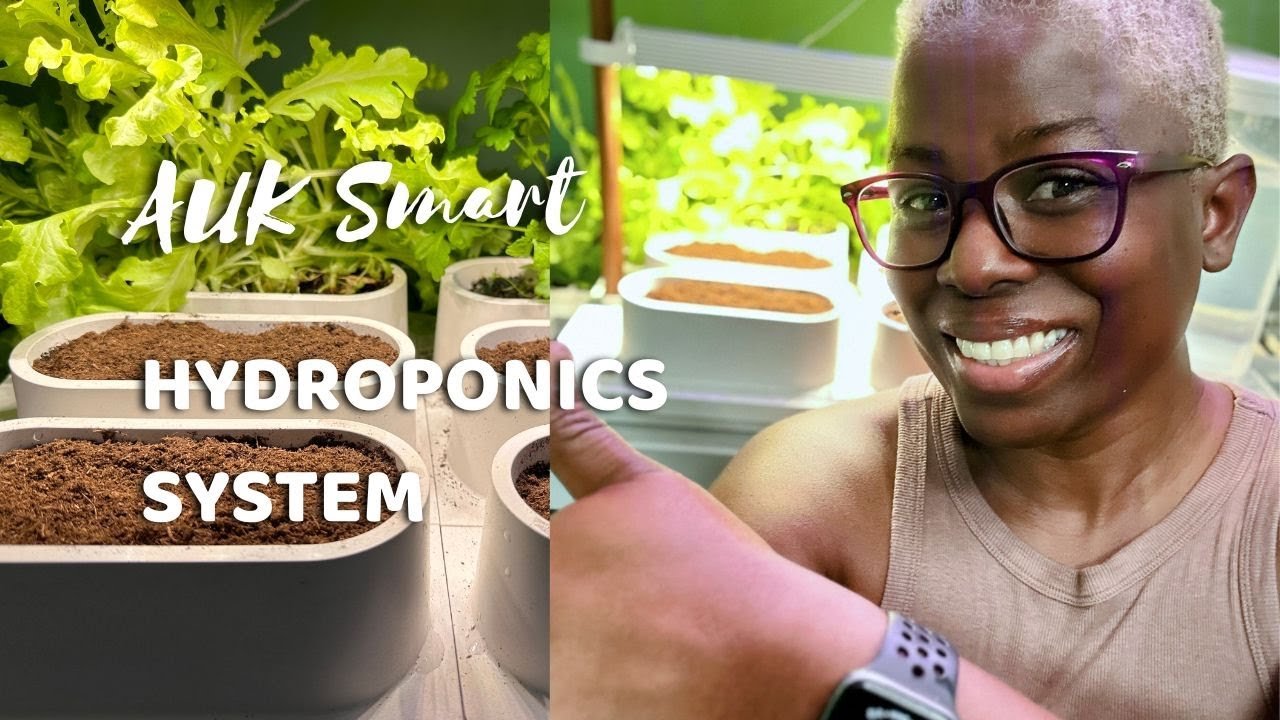
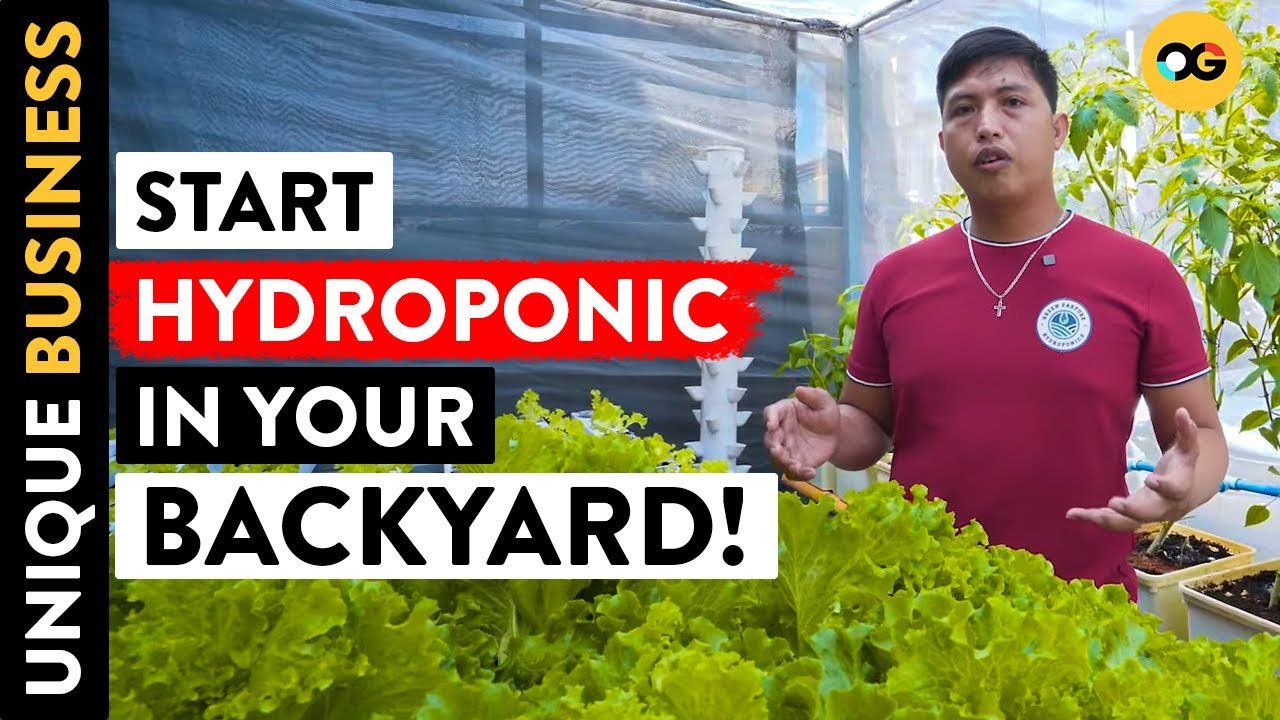
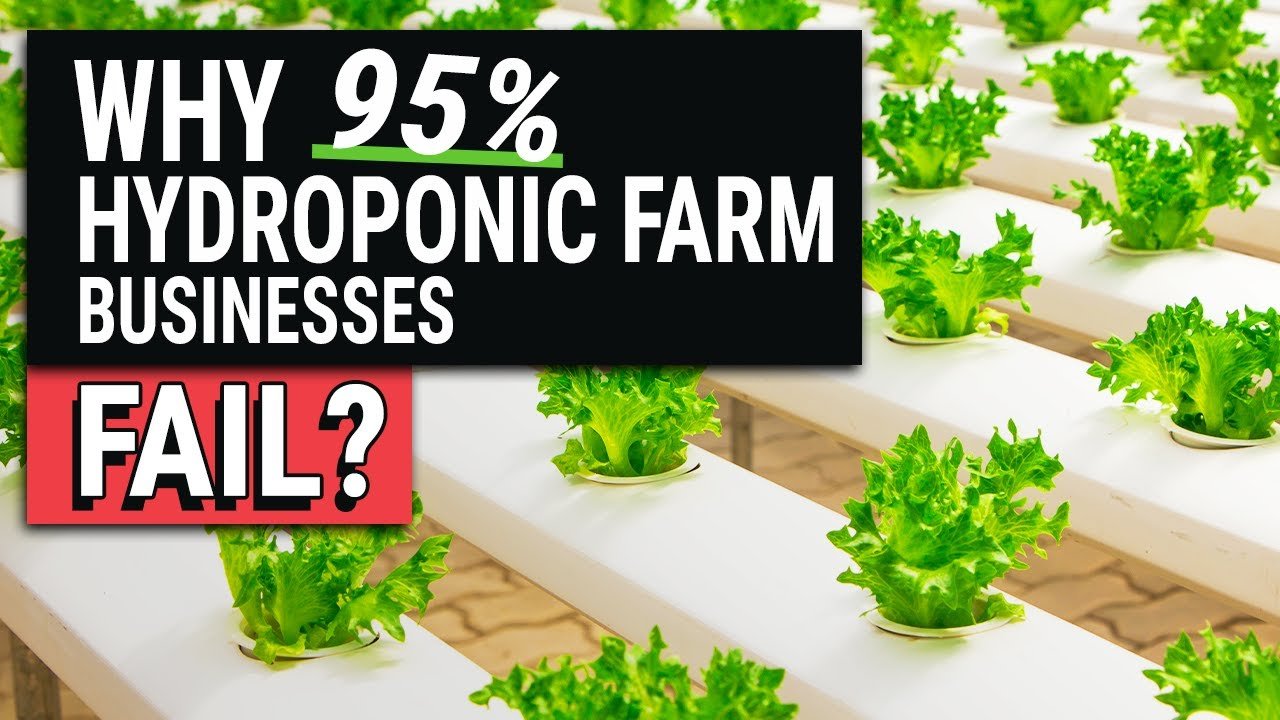
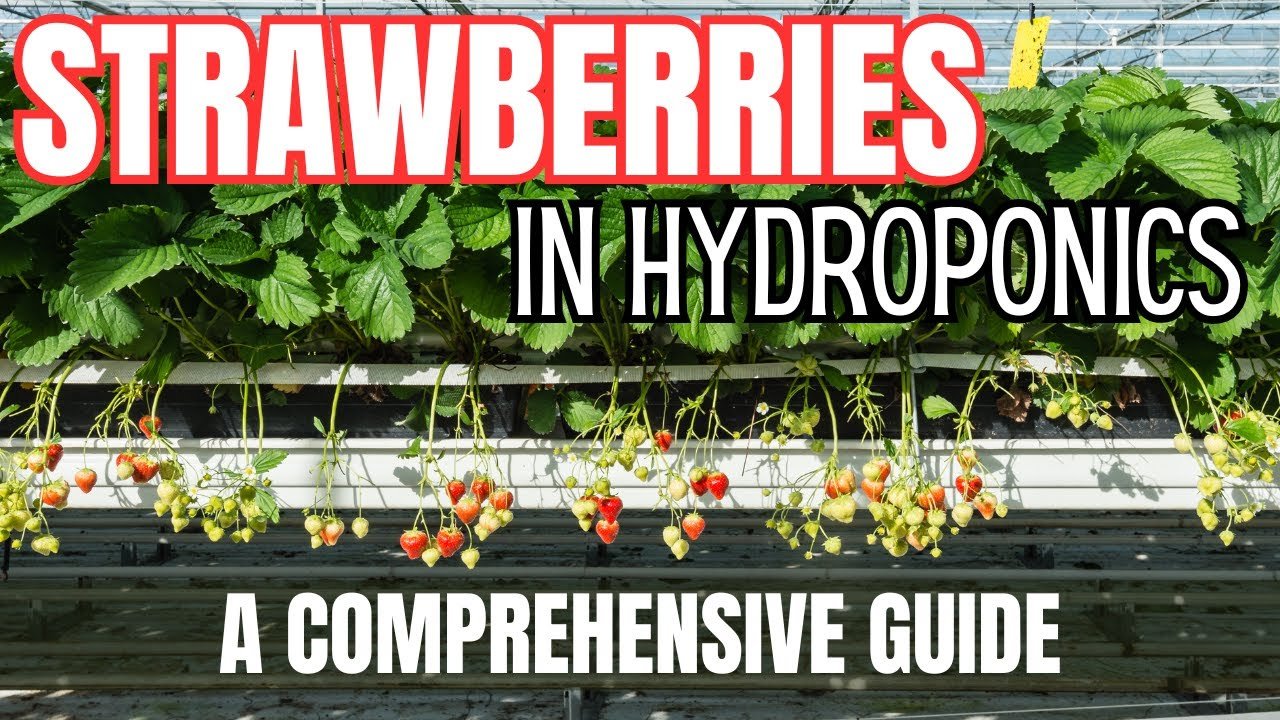

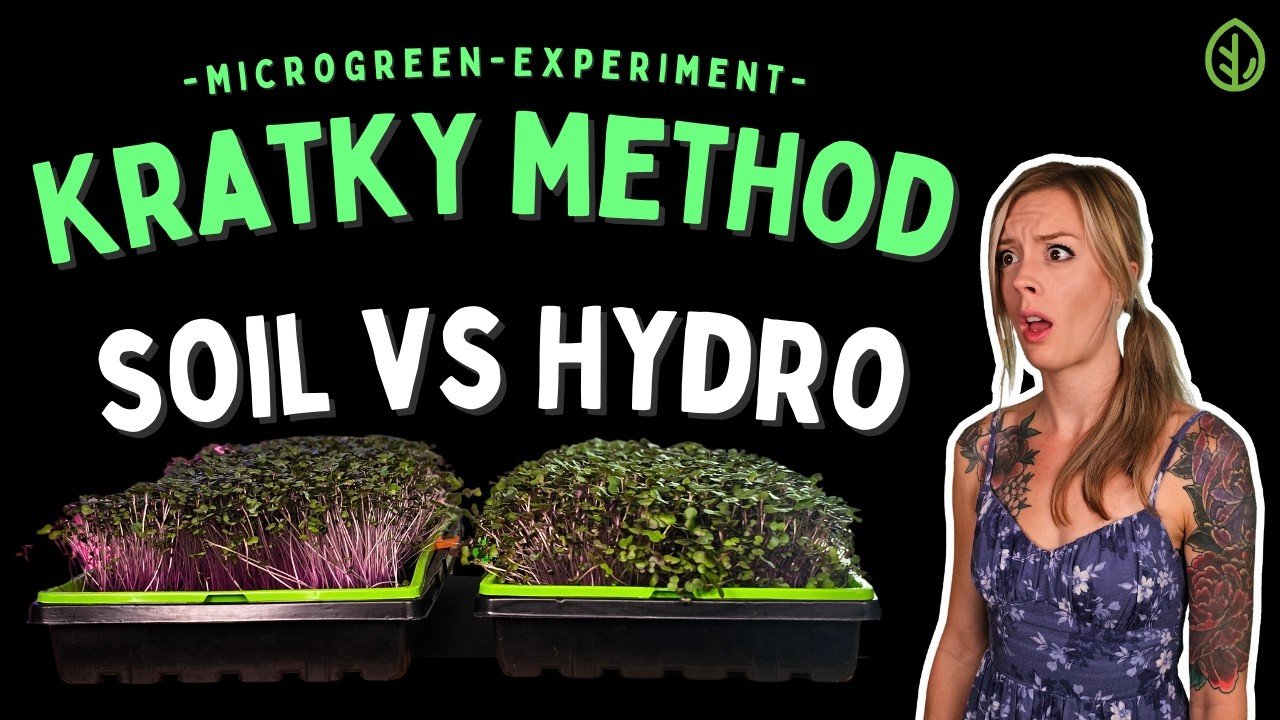
Leave a Reply